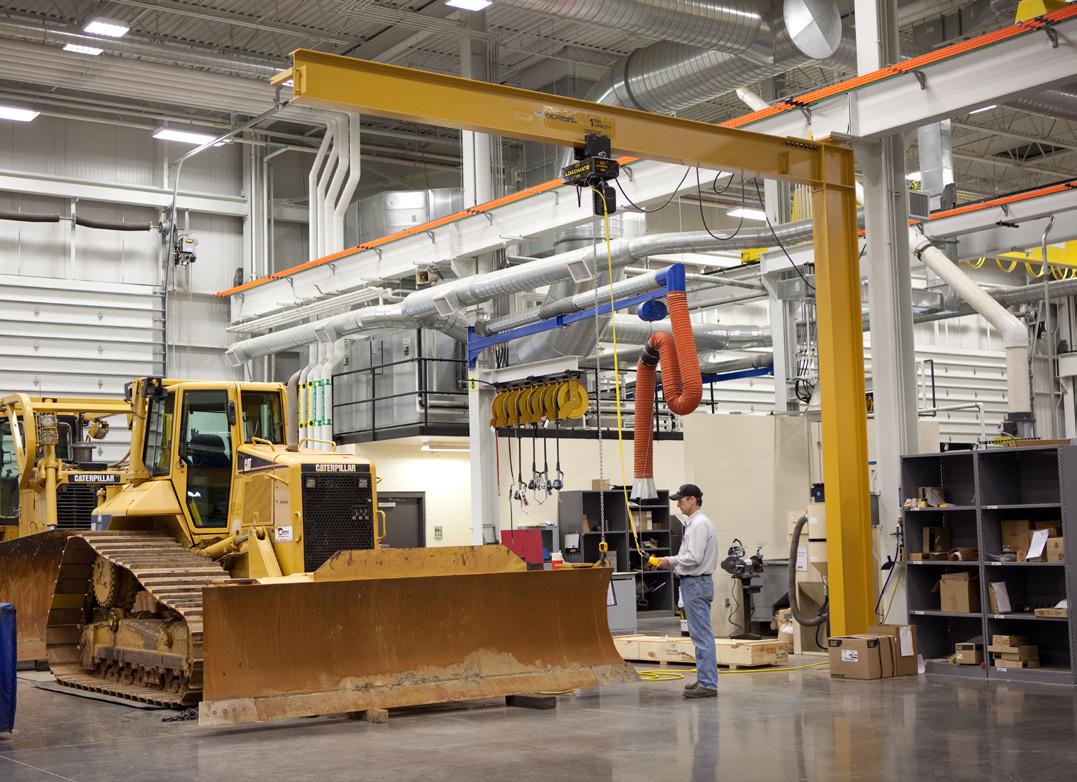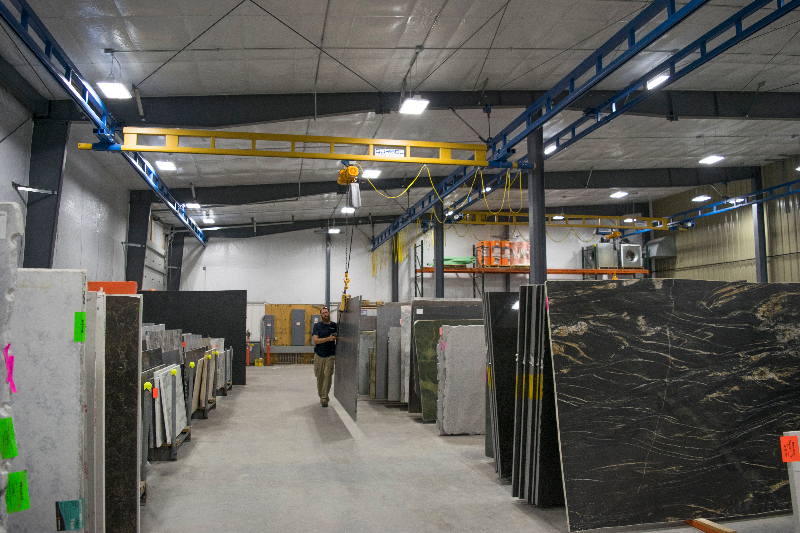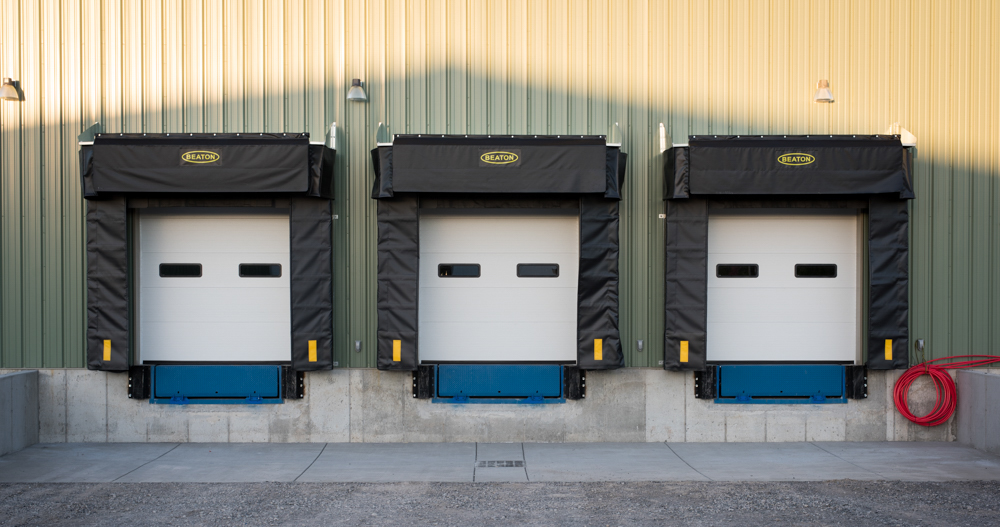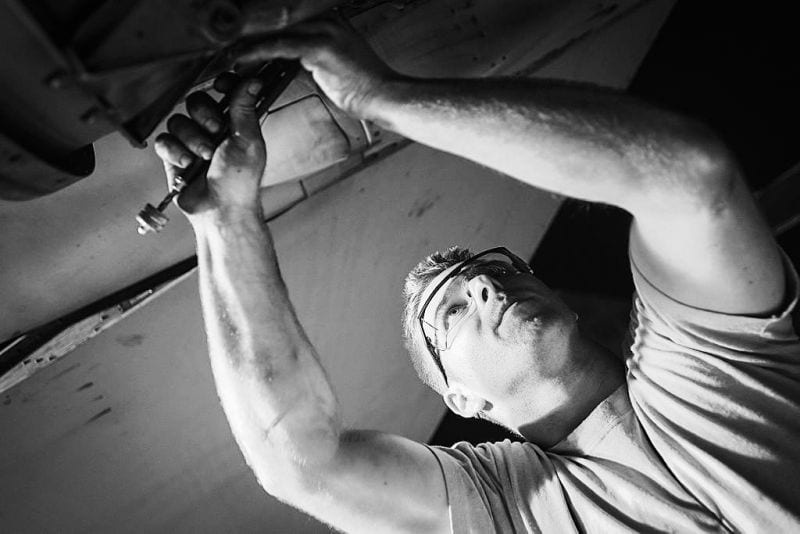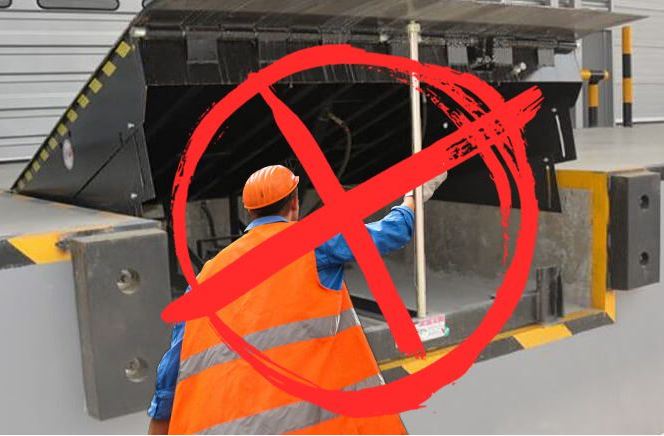What to Look for in a Loading Dock Before Leasing a Space
Leasing a new commercial or industrial space is a significant decision for any business. One of the critical aspects to evaluate is the loading dock area. A well-designed loading dock can significantly impact your operational efficiency and overall business success. In this article, we’ll walk you through what to look for in a loading dock before leasing a space, so you can make an informed decision that aligns with your logistical needs.
1. Dock Configuration
The first thing to assess is the dock’s configuration. Consider how many loading bays are available and whether they can accommodate your current and future needs. Think about the types of vehicles that will be loading and unloading goods and whether there’s sufficient space for maneuvering. A well-designed dock should minimize congestion and allow for smooth operations.
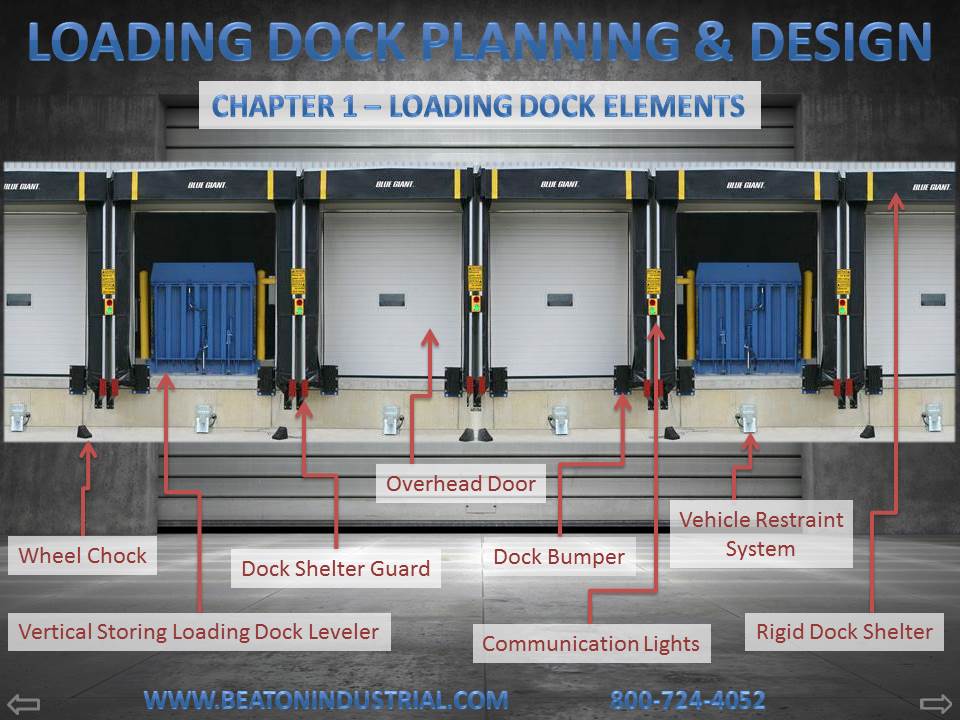
2. Dock Height and Accessibility
Check the dock’s height in relation to your trucks and equipment. Ensure that it matches the height of your delivery vehicles or that there are adjustable dock plates or levelers available. Accessibility is crucial, as it can impact loading and unloading times. The dock should be easily accessible from the street or parking areas.
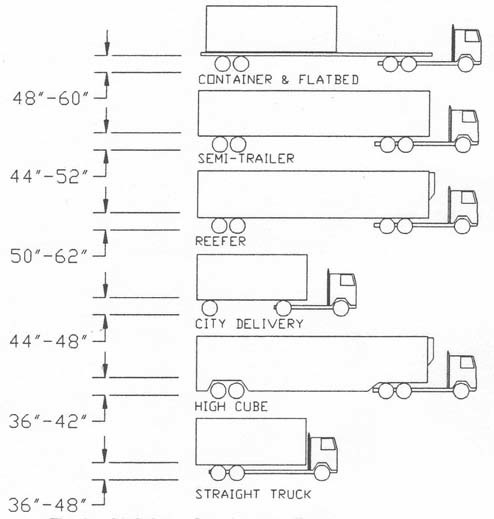
3. Dock Safety
Safety should always be a top priority. Inspect the loading dock for safety features such as guardrails, non-slip surfaces, and proper lighting. Look for signs of wear and tear that could pose hazards. Ensure that the loading dock area complies with local safety regulations and standards.
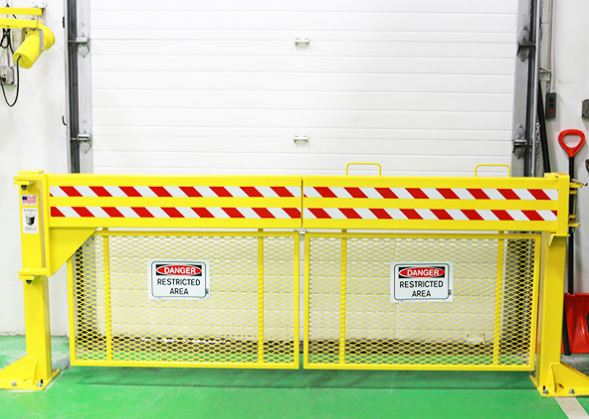
4. Door Features
Evaluate the features of the loading dock doors. Are they insulated for climate control and energy efficiency? Do they have adequate weather seals to prevent drafts and water infiltration? Also, consider the type of door mechanisms, such as overhead doors or roll-up doors, and how they fit into your workflow.

5. Clearance and Space Inside the Dock Area
Assess the clearance height and available space within the loading dock area. Make sure there’s enough room to store and maneuver goods. Consider whether you need additional storage space within the dock area or if it’s strictly for loading and unloading.
6. Loading Dock Equipment
Check if the building comes with essential loading dock equipment like dock levelers, dock seals or shelters, and dock plates. If these are not in place, inquire about the possibility of installing them and who would be responsible for the cost.
7. Traffic Flow and Parking
Evaluate the traffic flow around the loading dock area. Ensure there’s enough space for delivery trucks to queue without causing disruptions. Adequate parking for delivery drivers or personnel working in the dock area is also essential.
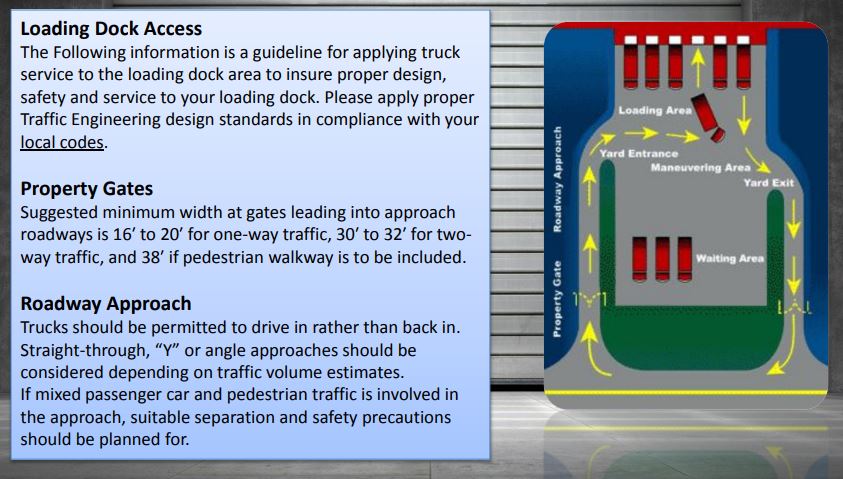
8. Zoning and Permitting
Verify whether the property is zoned for your intended use and if any special permits or licenses are required for operating in the area. Compliance with local regulations is crucial to avoid legal issues down the road.
9. Future Expansion Possibilities
Consider your long-term business plans. Is there room for expansion in the loading dock area if your business grows? Discuss this with the property owner or landlord to ensure that your future needs can be accommodated.
10. Maintenance and Repairs
Inquire about the maintenance and repair history of the loading dock area. A well-maintained dock will save you from unexpected downtime and repair costs.

